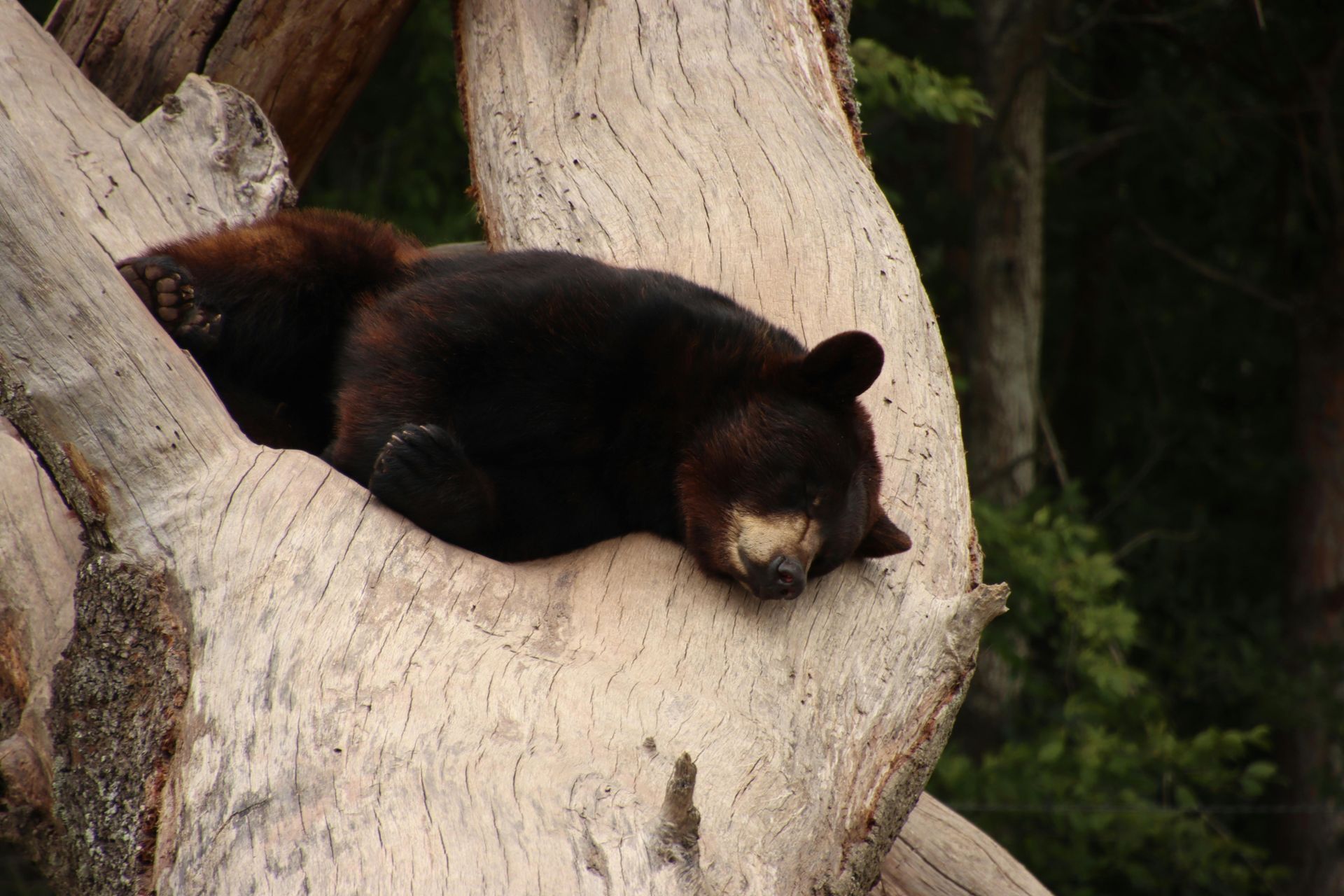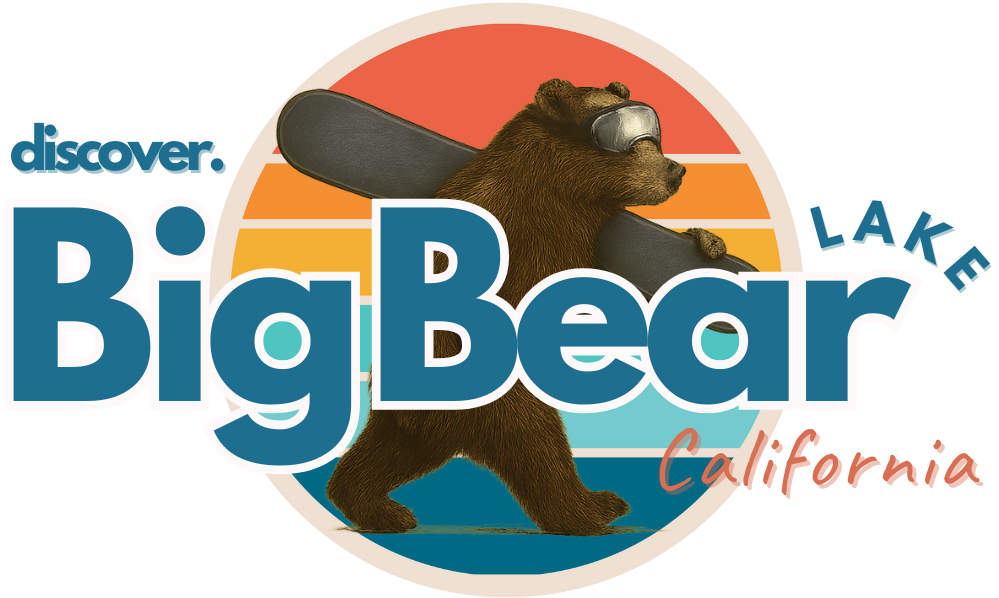Are there Bears in Big Bear Lake?

Nestled in the San Bernardino Mountains, Big Bear Lake is a popular getaway known for its stunning scenery and outdoor activities. But with a name like "Big Bear," many visitors wonder—are there actually bears in Big Bear Lake? The answer is yes, but sightings are rare. Black bears are part of the local ecosystem, though they tend to avoid humans. While the area's history includes a once-thriving population of grizzly bears, today, only black bears remain. Understanding the history and presence of bears in Big Bear Lake can help visitors appreciate the region’s wildlife and know what to expect
Why Is Big Bear Called Big Bear?
Big Bear Lake was named after the large population of grizzly bears that once roamed the area. The Serrano Native American tribe originally called it "Yuhaviat," meaning "Pine Place." In the mid-19th century, European American settlers renamed it "Big Bear" due to the abundance of grizzly bears in the San Bernardino Mountains. Early hunters and trappers marveled at the number of bears they encountered, leading to the lasting name. While grizzlies are no longer found here, the name remains a historic tribute to the area's past and the wildlife that once defined the region.
What Happened to the Grizzly Bears in Big Bear?
Grizzly bears once thrived in Big Bear and across California, but they became extinct in Southern California due to human activities. As settlers expanded into the area, they cleared forests for agriculture and development, reducing the bears' natural habitat. Hunting and poaching were also rampant, as grizzlies were seen as threats to livestock and human settlements. By the late 19th century, grizzly populations had drastically declined. The last known grizzly bear in the region was spotted in the early 1900s, marking the end of their presence in Big Bear. Today, grizzly bears are only found in places like Yellowstone National Park and parts of Alaska, far from their former California range.
Are There Still Bears in Big Bear Lake Today?
Yes, black bears (Ursus americanus) live in Big Bear Lake and the surrounding San Bernardino National Forest. They are smaller than grizzlies, with no prominent shoulder hump, and generally have a more varied coat color ranging from black to brown. Unlike grizzlies, black bears tend to be shy and avoid human contact. While encounters are uncommon, there have been sightings of bears in Big Bear Lake, including cabins, the Village, Bear Mountain and hiking trails. Visitors should remain mindful that these animals are part of the local ecosystem. The presence of black bears is a testament to the region’s thriving wilderness, and they play a crucial role in maintaining a balanced environment by controlling insect and rodent populations and dispersing seeds through their diet.
How Many Black Bears Live in Big Bear?
The exact number of black bears in Big Bear Lake is difficult to determine, but the California Department of Fish and Wildlife estimates around 25,000 black bears statewide. A significant portion of these live in the San Bernardino Mountains, including the forests around Big Bear Lake. While black bears are elusive and not often seen, they leave behind signs such as tracks, scat, and claw marks on trees. The population remains stable due to the availability of food sources like berries, nuts, and small mammals. Conservation efforts ensure that these bears continue to thrive while maintaining a safe distance from human developments.
Where Have Black Bears Been Spotted in Big Bear?
Black bear sightings in Big Bear Lake have occurred near the Village, in residential neighborhoods, and even at Bear Mountain. Occasionally, bears are caught on camera rummaging through trash bins or wandering into populated areas. Sightings often increase during dry seasons when natural food sources become scarce, prompting bears to seek alternative food options. However, these encounters remain rare. The majority of black bears prefer to stay within the forested regions, far from human activity. If you’re exploring hiking trails or camping, you may come across signs of their presence, but direct encounters are unlikely.
How Can You See a Bear in Big Bear Lake?
If you want to see a bear safely, visit the Big Bear Alpine Zoo in Moonridge. This rehabilitation center houses rescued black and brown bears that cannot return to the wild. The zoo offers an up-close look at these magnificent animals while educating visitors about their conservation. The bears at the Alpine Zoo have unique rescue stories, often involving injuries or being orphaned at a young age. The facility provides a safe and nurturing environment, allowing guests to observe these animals while learning about their behaviors, diet, and role in the ecosystem. Checking the zoo’s website for hours of operation and special events can enhance your visit.
How to Stay Safe While Hiking in Bear Country
If you're hiking in Big Bear Lake, follow these safety tips:
- Stay alert: Be aware of your surroundings and make noise to avoid surprising a bear. Clapping or talking loudly can help bears recognize your presence and steer clear.
- Keep food secure: Store food in bear-proof containers and never leave trash behind. Bears have an excellent sense of smell and are attracted to human food, which can lead to unwanted encounters.
- Hike in groups: Bears are less likely to approach larger groups of people. Traveling with others also increases overall safety in remote areas.
- Carry bear spray: It can deter a bear if you encounter one at close range. Bear spray is a highly effective, non-lethal deterrent that can help prevent aggressive behavior.
- Know what to do: If you see a black bear, remain calm, back away slowly, and do not run. Running may trigger a chase instinct. Instead, make yourself look bigger by raising your arms and speaking in a firm voice. If a bear approaches, stand your ground and use bear spray if necessary.
Bears in Big Bear: Final Thoughts
While Big Bear Lake is home to black bears, they are rarely seen by visitors. With proper precautions, you can enjoy the area's natural beauty while respecting the wildlife. Whether you encounter a bear in the wild or visit the Big Bear Alpine Zoo, these creatures remain a fascinating part of the region's history and ecosystem. Understanding their role in the environment and practicing responsible outdoor habits ensures a harmonious coexistence between humans and wildlife in this beautiful mountain retreat.


